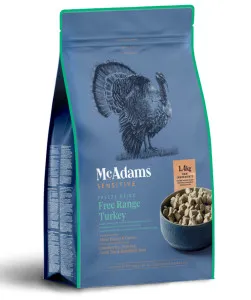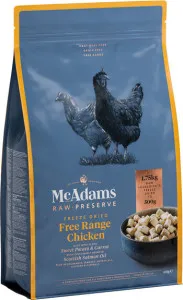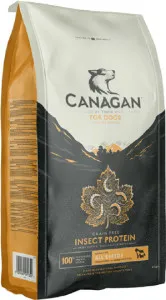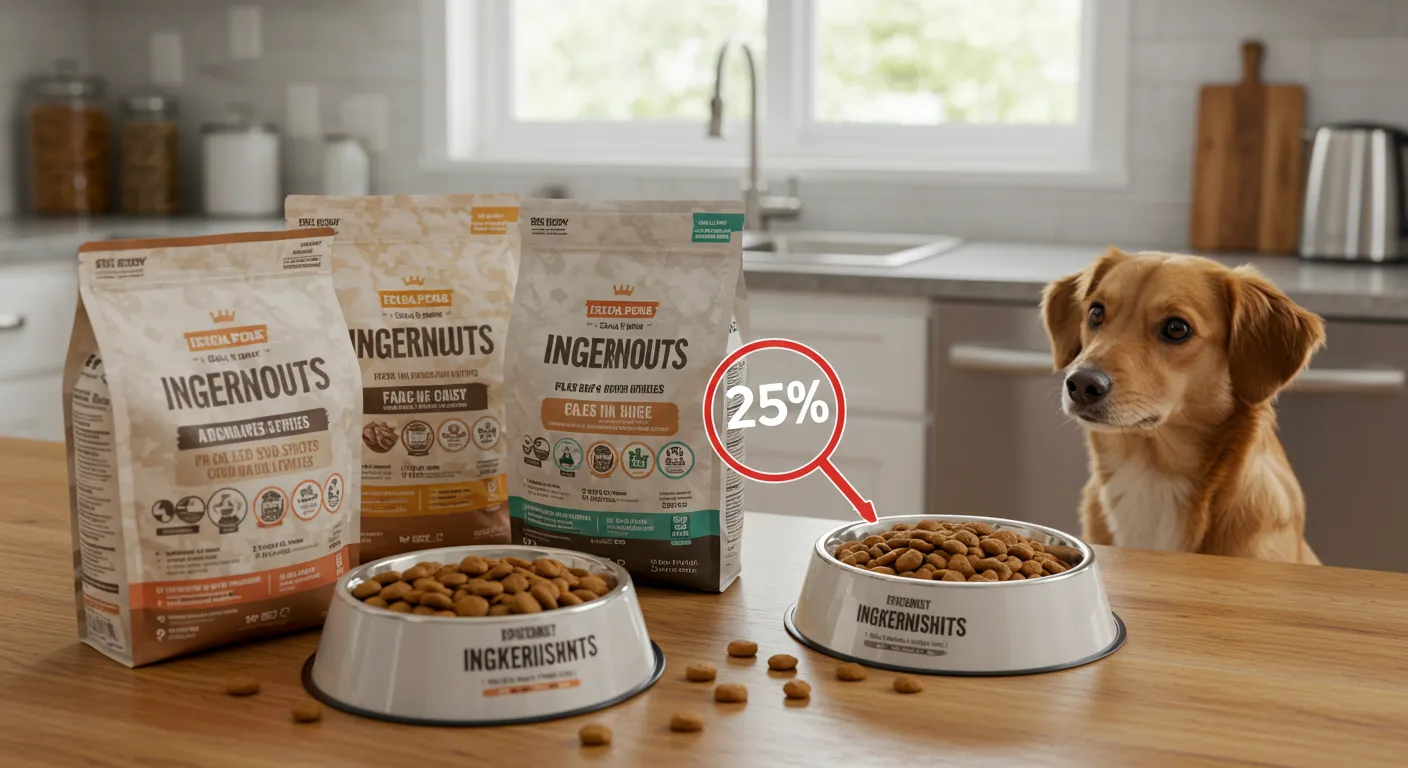What Is the 25% Rule in Pet Food?
The 25% rule in pet food is a labeling guideline set by the AAFCO (Association of American Feed Control Officials) that states if a product name includes an ingredient making up at least 25% of the total weight (excluding water), that ingredient must be listed in the name—but only if it meets certain conditions. For example, "Beef Dog Food" must contain at least 25% beef, while "Beef Dinner" or "Beef Platter" only needs 3%.
Understanding this rule helps pet owners decode misleading marketing terms and choose the best food for their furry friends. Let’s break it down in detail.
Why the 25% Rule Matters
Pet food labels can be confusing, and manufacturers often use clever wording to make products seem healthier than they are. The Pet Food Analyzer can help, but knowing the 25% rule empowers you to:
- Avoid deceptive labels – Words like "flavor" or "with" don’t guarantee high ingredient percentages.
- Ensure nutritional value – A food labeled "Salmon Recipe" should have real salmon as a primary ingredient.
- Compare products fairly – A "Chicken & Rice Formula" has more chicken than a "Dinner" version.
- 25% or more – The ingredient can be in the main name (e.g., "Beef Dog Food").
- 3% to 24.9% – Requires qualifiers like "dinner," "entrée," or "formula" (e.g., "Beef Dinner").
- Less than 3% – Only allowed with "with" or "flavor" (e.g., "Dog Food with Beef").
- Combined ingredients – "Chicken & Liver Dog Food" may combine both to reach 25%, even if liver is a small fraction.
- Ingredient splitting – Listing "peas," "pea protein," and "pea flour" separately makes each seem less prominent.
- Flavor-based names – "Real Beef Flavor" doesn’t mean real beef is a primary ingredient.
- Look for named proteins first – "Deboned chicken" is better than "meat meal."
- Avoid vague terms – "Meat dinner" is less transparent than "Salmon entrée."
- Compare wet vs. dry food fairly – Subtract moisture content to assess protein levels accurately.
- "Grain-free" means higher meat content – Not necessarily; it may just replace grains with starches like potatoes.
- All "premium" foods follow the rule – Marketing terms aren’t regulated, so check labels.
- Higher percentage always equals better – Balance matters; too much protein can harm some pets.
How the 25% Rule Works
AAFCO’s guidelines specify how ingredients must be listed based on their percentage in the formula:
Water content is excluded from these calculations, so wet foods often appear lower in protein than dry kibble, even if they contain similar amounts of meat.
Exceptions and Loopholes
While the 25% rule provides clarity, some labeling tricks can still mislead shoppers:
Recommended Products

McAdams Freeze Dried Free Range Turkey is an excellent choice for what is the 25% rule in pet food?. This dog food contains Boneless Free Range Turkey 86.5% and other high-quality ingredients that promote overall health.

McAdams Freeze Dried Free Range Chicken is an excellent choice for what is the 25% rule in pet food?. This dog food contains Boneless Free Range Chicken 86% and other high-quality ingredients that promote overall health.

Canagan Insect is an excellent choice for what is the 25% rule in pet food?. This dog food contains Freshly Prepared Insects (27%)* and other high-quality ingredients that promote overall health.
Always check the ingredient list (ordered by weight) and guaranteed analysis for the full picture.
How to Apply the 25% Rule When Shopping
Use these tips to pick high-quality pet food:
For a deeper dive, try the Pet Food Analyzer to compare brands and ingredients.
Common Misconceptions About the 25% Rule
Many pet owners assume:
Final Thoughts
The 25% rule in pet food is a key tool for decoding labels and ensuring your pet gets quality nutrition. By understanding how ingredients are listed, you can avoid marketing traps and make informed choices. Ready to analyze your pet’s food? Use the Pet Food Analyzer today for a detailed breakdown!
